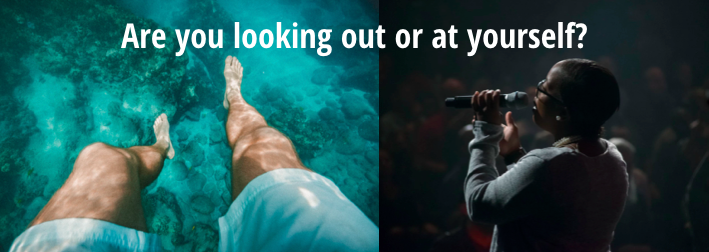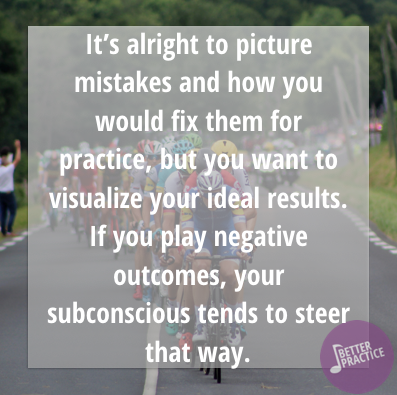What is Visualization?
Visualization is the process of mentally experiencing or simulating an experience in order to prepare for it. It’s a technique that top performers have been using for decades and have been proven by countless studies to be effective. The goal is to have rehearsed a performance situation many times before you actually do it so you are not doing it for the first time that day (you feel like you’ve done it many times before). Although it’s commonly talked about in sports, anyone – including musicians, chess players, etc. – can all benefit from this if done right.
It’s much more common than you may think
One of the most visualization-focused sports is chess. Expert chess players must be able to visualize the board many moves ahead. One remarkable case of visualization lies with Natan Sharansky, a human rights activist and chess prodigy who spent 9 years in USSR prison on fabricated charges (spending a majority of that sentence in solitary confinement). He used that time to play chess in his head, practicing thousands of games. This ultimately kept him sane and he got so good he was able to beat the world champion in 1996.
Soviet athletes have been using this technique since the 1970s, mainly to prepare for the Olympics. There was one study that showed Soviet athletes with both mental training with physical training improved far more than those with only physical training.
Olympians today still use this technique and it’s only becoming more prevalent throughout the world. Leading Winter Olympic teams bring many sports psychologists along, and more and more countries are following suit as they discover the importance of mental training – whether it’s to recover from the trauma of an accident on the slopes or to prepare for a certain course months ahead.
If you look at many world-class athletes, many of them use visualization. Tiger Woods, Muhammad Ali, Billie Jean King… Jack Nicklaus, a world-champion golfer, once said, “I never hit a shot, not even in practice, without having a very sharp in-focus picture of it in my head.”
Lyndon Rush, an Olympic bobsledder, said of visualization: “You try to keep [the course] fresh in your head, so when you do get there, you are not just starting at square one…. It’s amazing how much you can do in your mind.”
How do I build an effective visualization?
1. Start with short, frequent practice sessions. Visualization takes practice (see how to build a strong practice habit here)! You need strong, immersive visualizations to actually benefit from them. Find a quiet space where you can practice uninterrupted daily. Consistency and frequency is key. Aim for short sessions of about 10 min a day.
2. Which perspective? Are you looking out through your eyes (a 1st person perspective) or are you looking at yourself from the outside (a 3rd person perspective)? Either one works, but the former is typically agreed upon to be the better one since you will be more immersed in the experience and better mimics what you will actually see on the big day.

3. Build your scene by involving all 5 senses at once (not just focusing on one sense at a time) – again, like you’re actually there. You can build it step by step: 1. What do you see? 2. What do you hear? 3. What do you smell/taste? 4. What do you feel – both physically and emotionally?
Emily Cook, an Olympic aerialist, while explaining how visualization works for her, said, “You have to smell it. You have to hear it. You have to feel it, everything.”
4. Feel. Emotionally connect. Remember, when the big day comes, you are going to be fueled by your emotions. Keep in mind that with your visualization, you’re not just sitting at home thinking about it. You’re actually there – this is it! How do you feel? Nervous? Adrenaline pumping? Dazed? Channel as much emotion as you can into your visualization to get it as close to real life as possible.
5. Be positive and picture the outcomes you want, especially nearing the time of a performance. It’s alright to picture mistakes and how you would fix them for practice, but overall, you want to visualize your ideal results. You’re training the subconscious. If you play negative outcomes, your subconscious tends to steer that way. Olympic psychologist Nicole Detling reminds us, “You are training those muscles, and if you are training those muscles to fail, that is not really where you want to be. So one of the things I’ll do is if they fail in an image, we stop, rewind, and we replay again and again and again.”

Visualize your studio with Better Practice: organized, efficient, and modern! Suddenly, your students start practicing daily (and loving it!) and everyone gets extremely motivated by their improvement. Word gets around about your results and everyone is lining up to take lessons from you. You’re named the most influential teacher of the decade and your town builds a statue of you in their courtyard. Life is good.